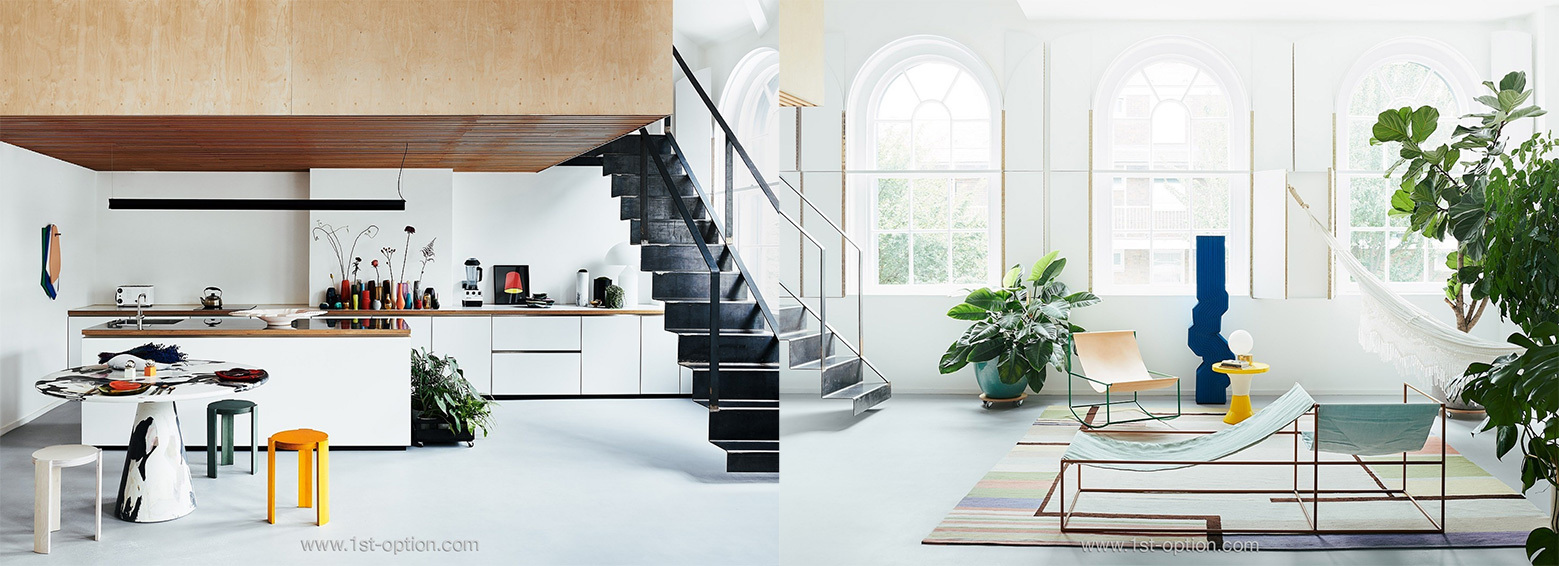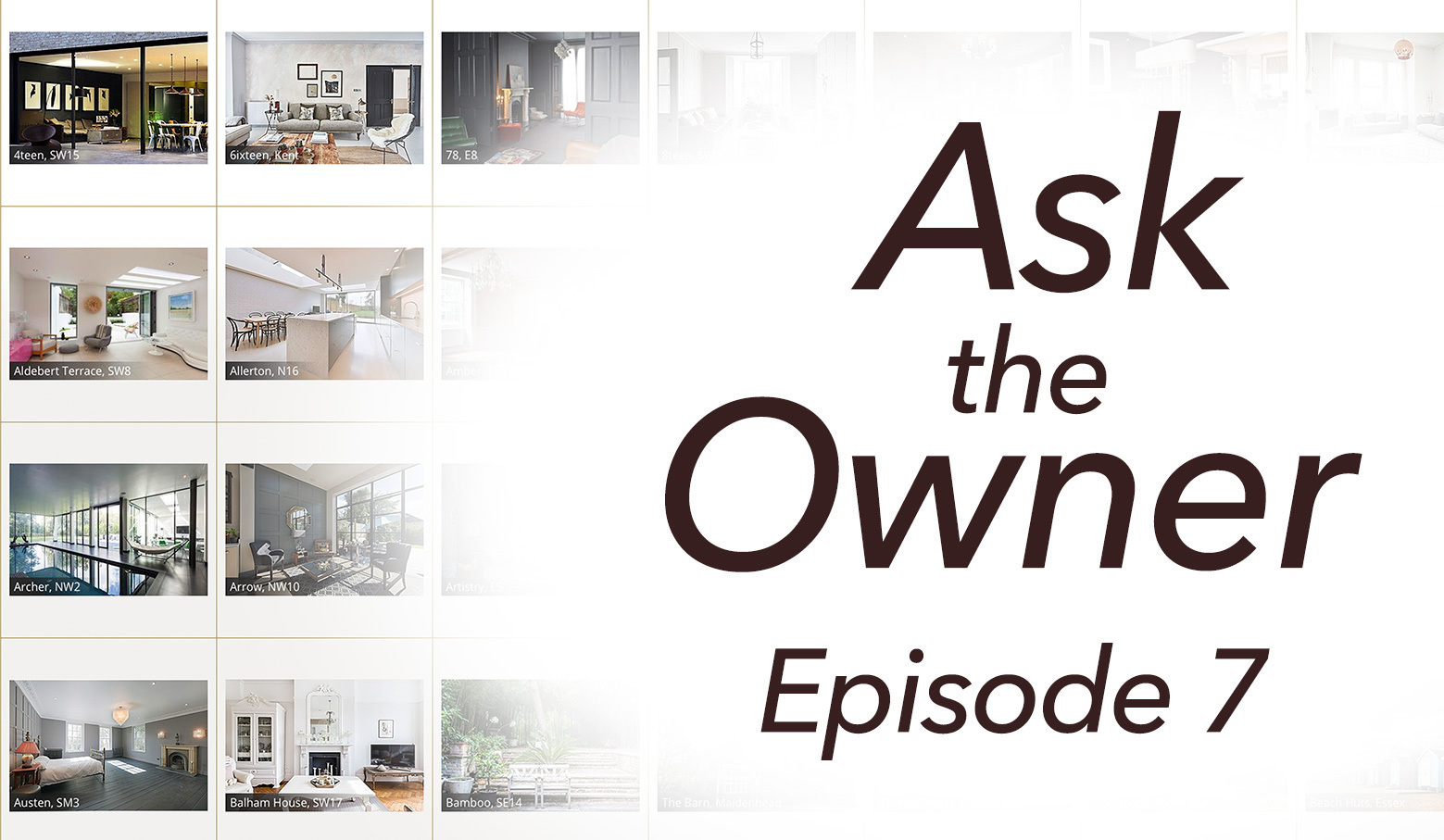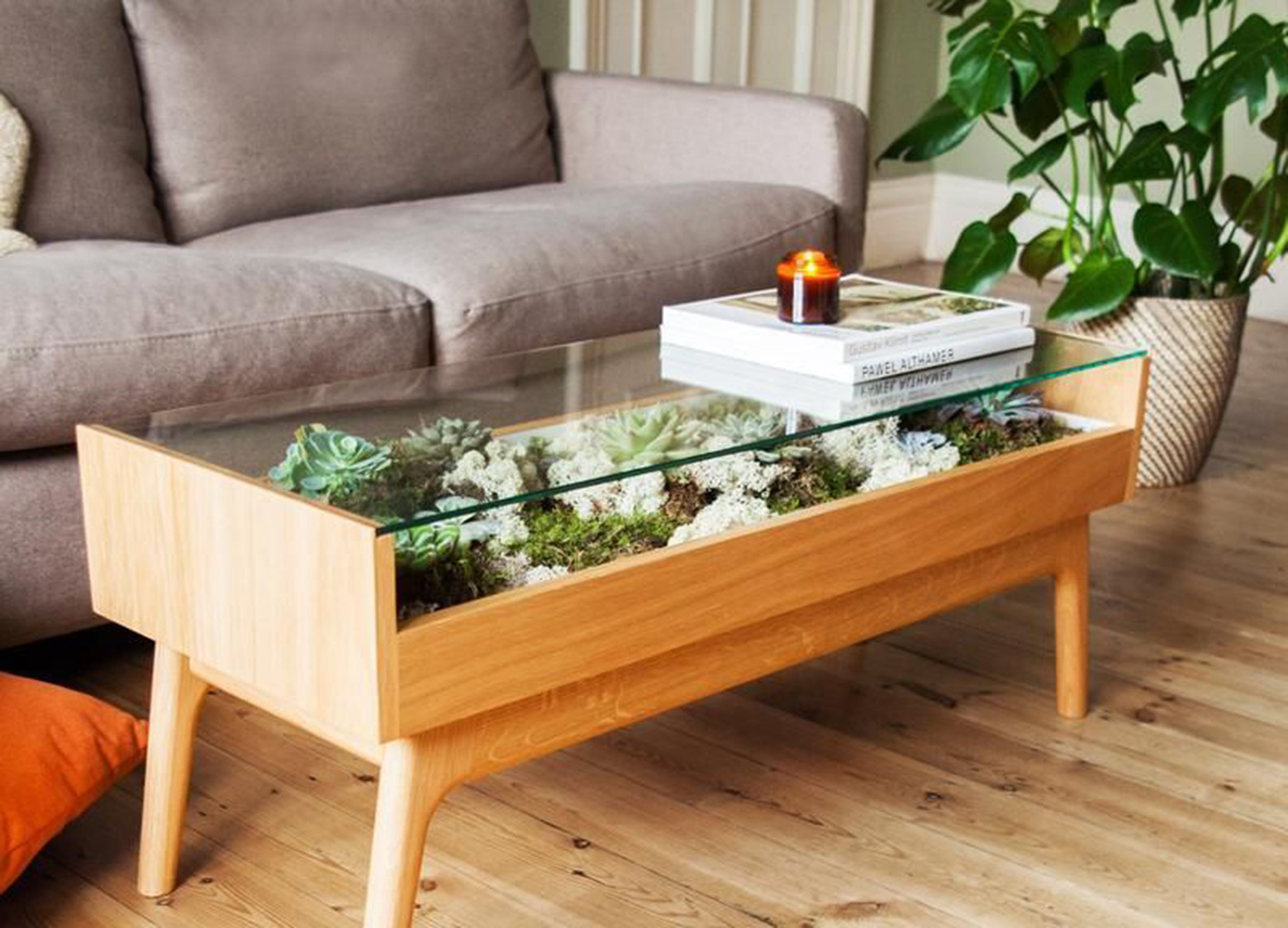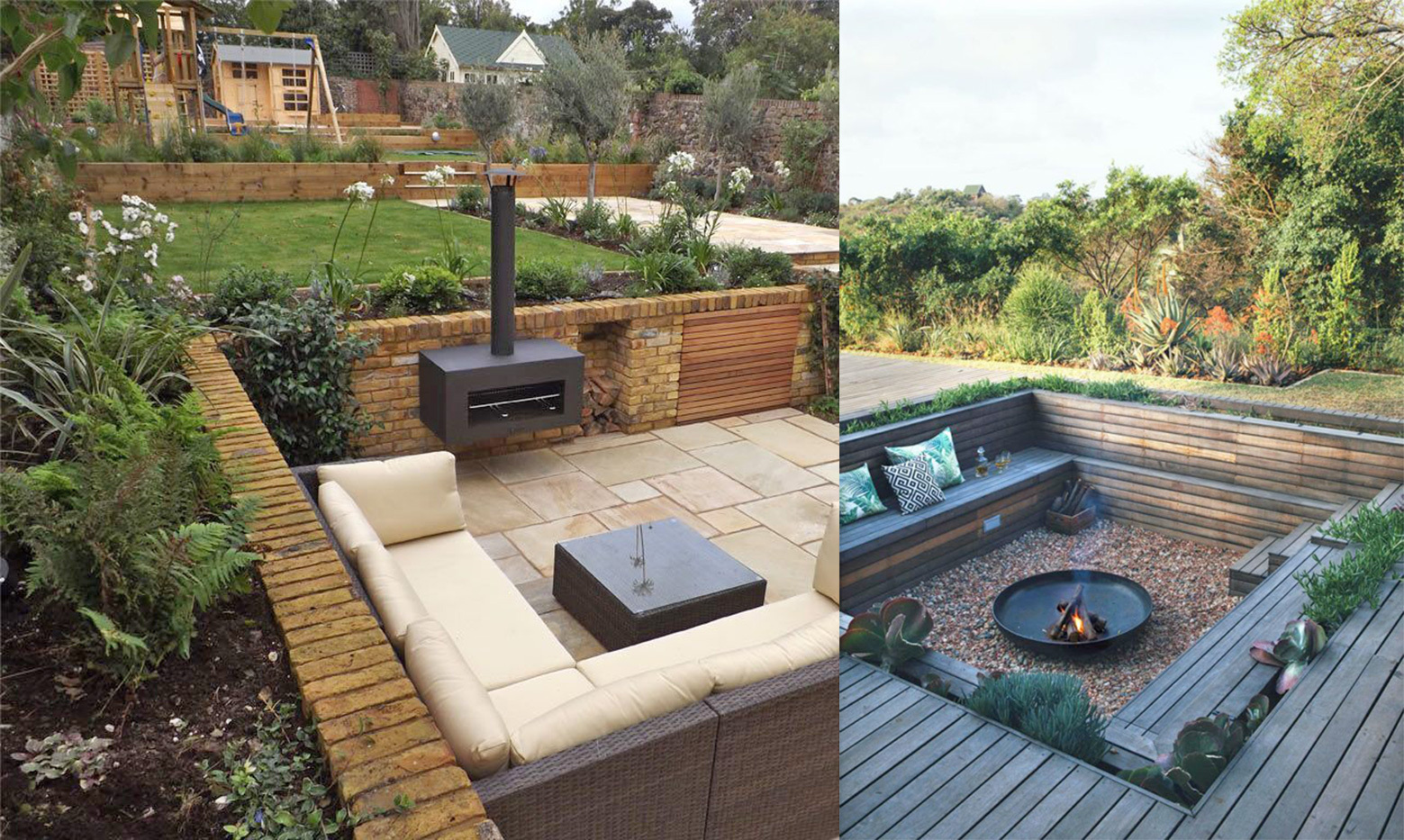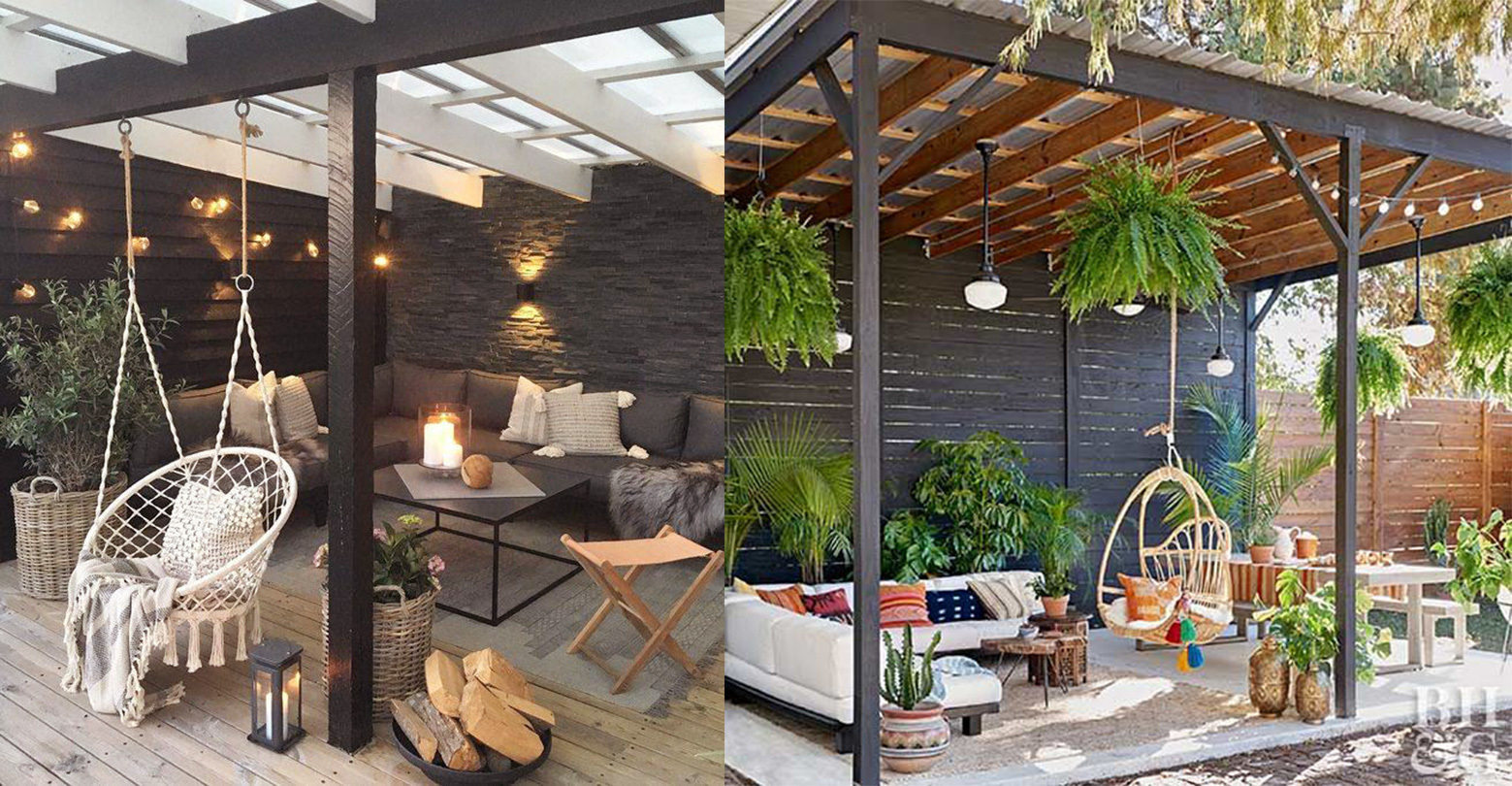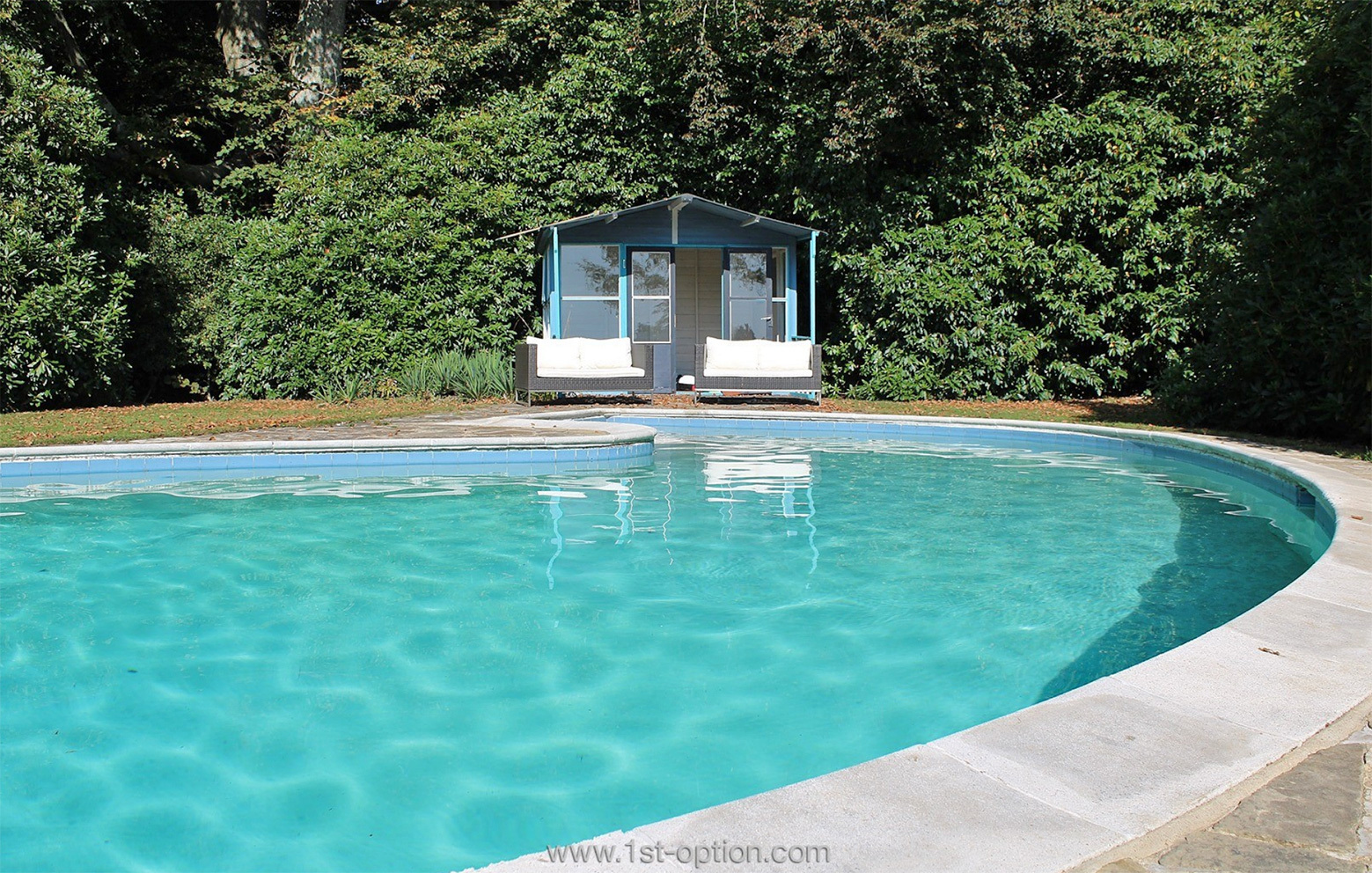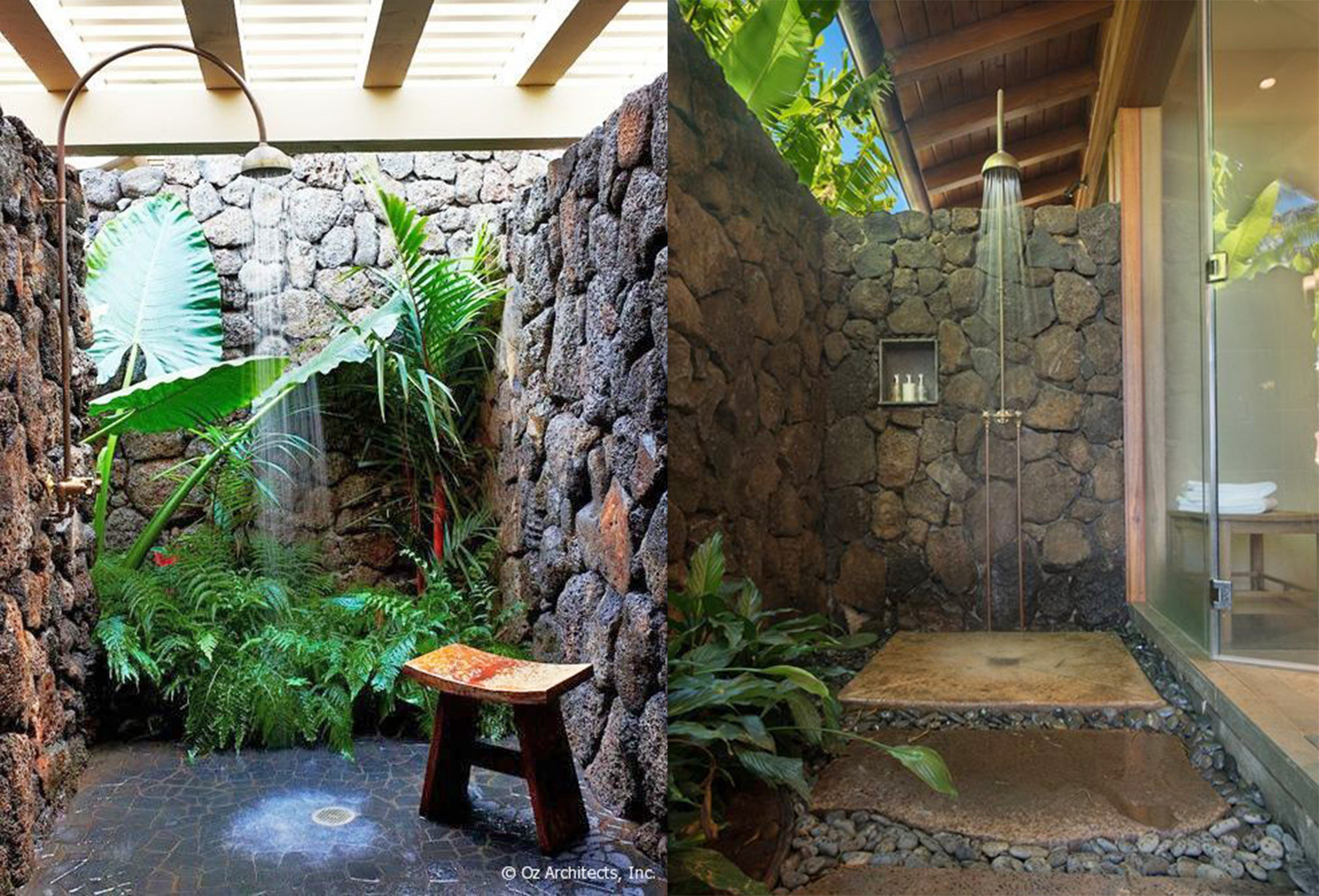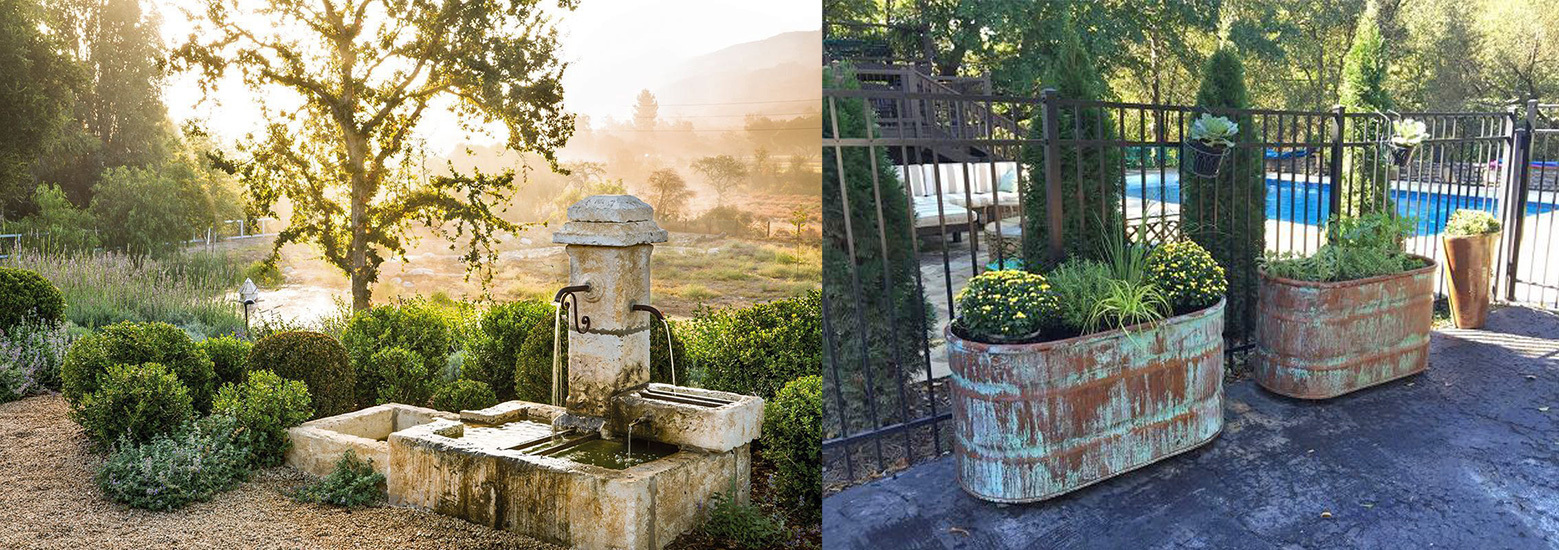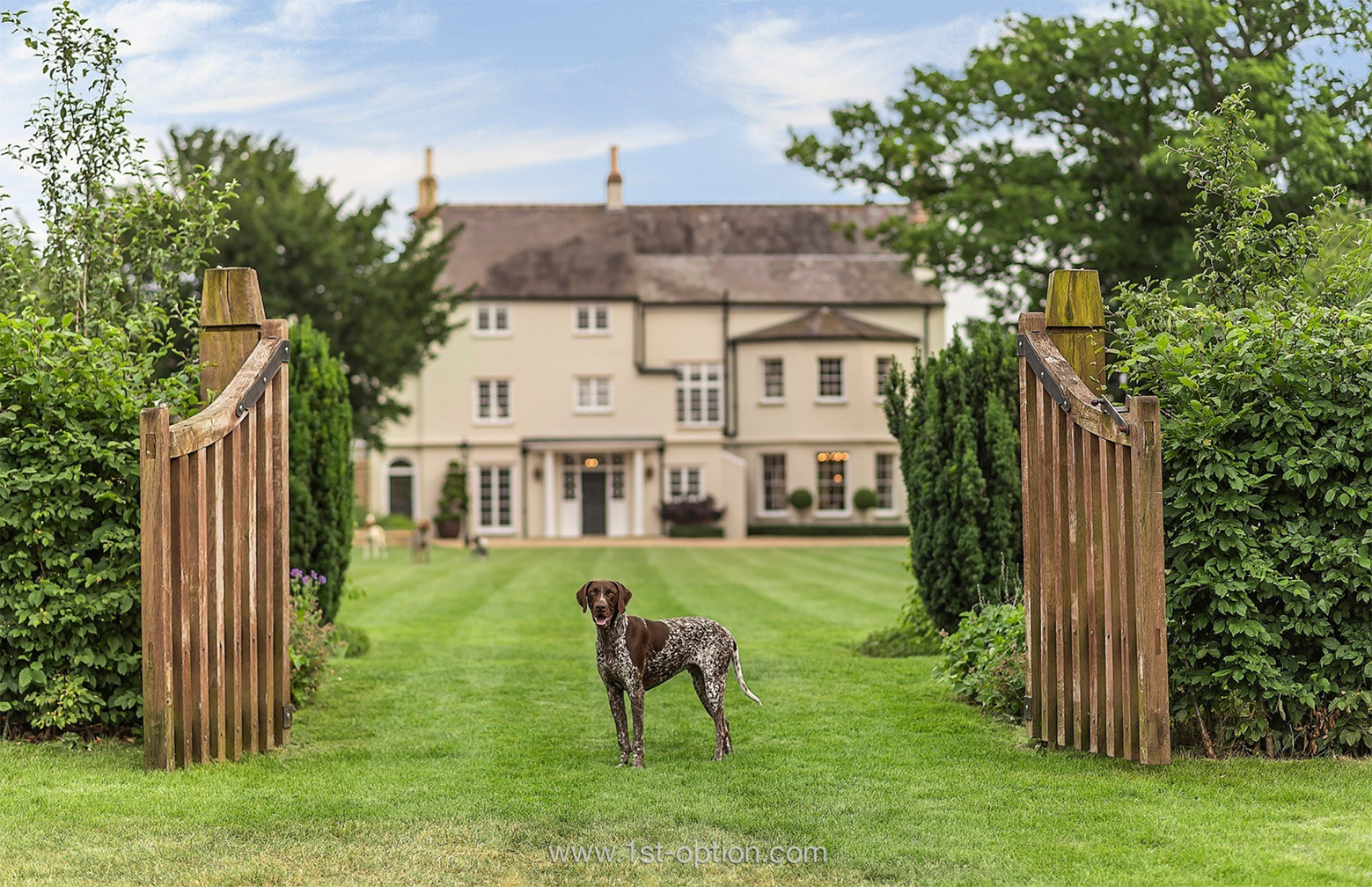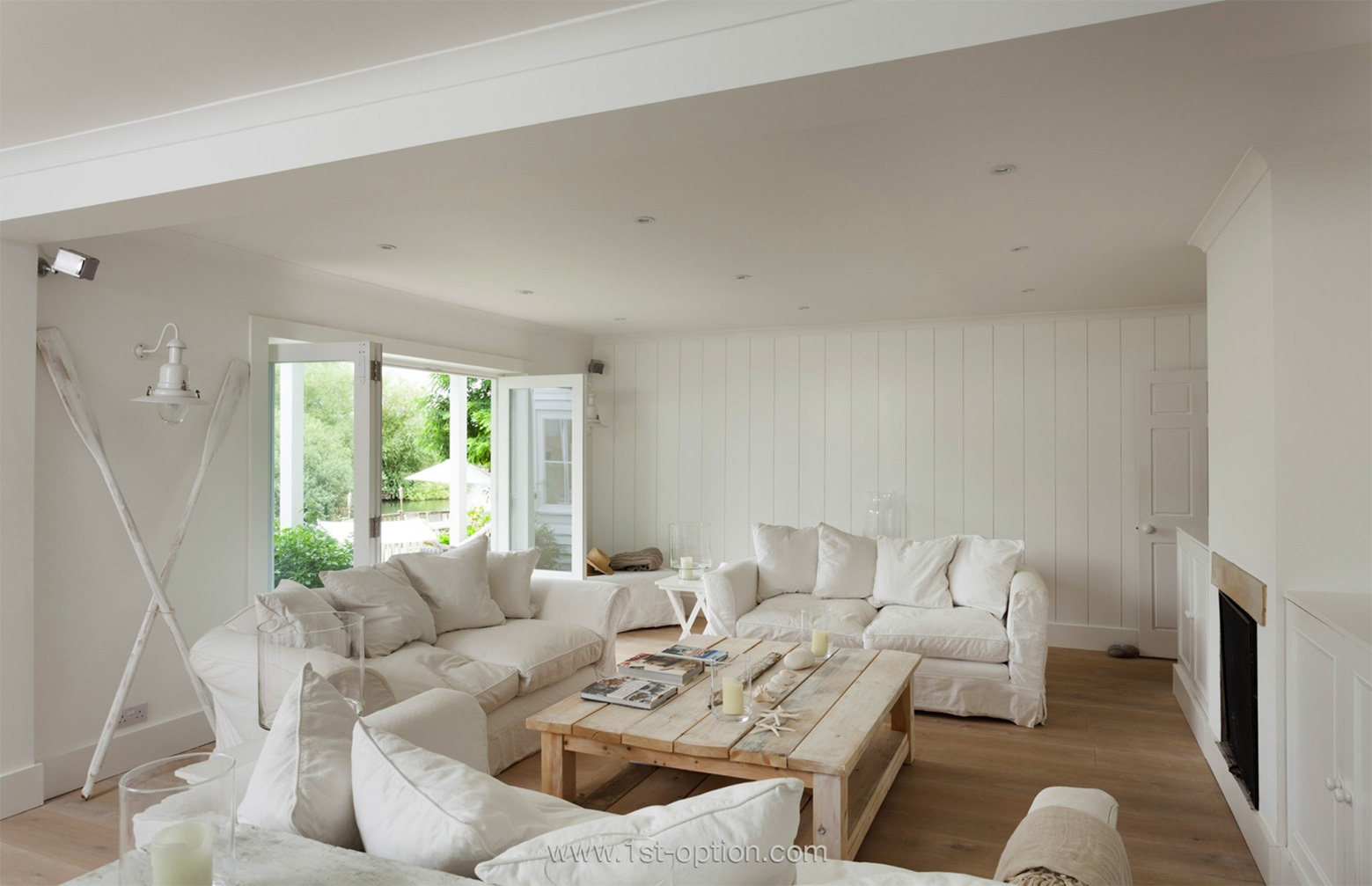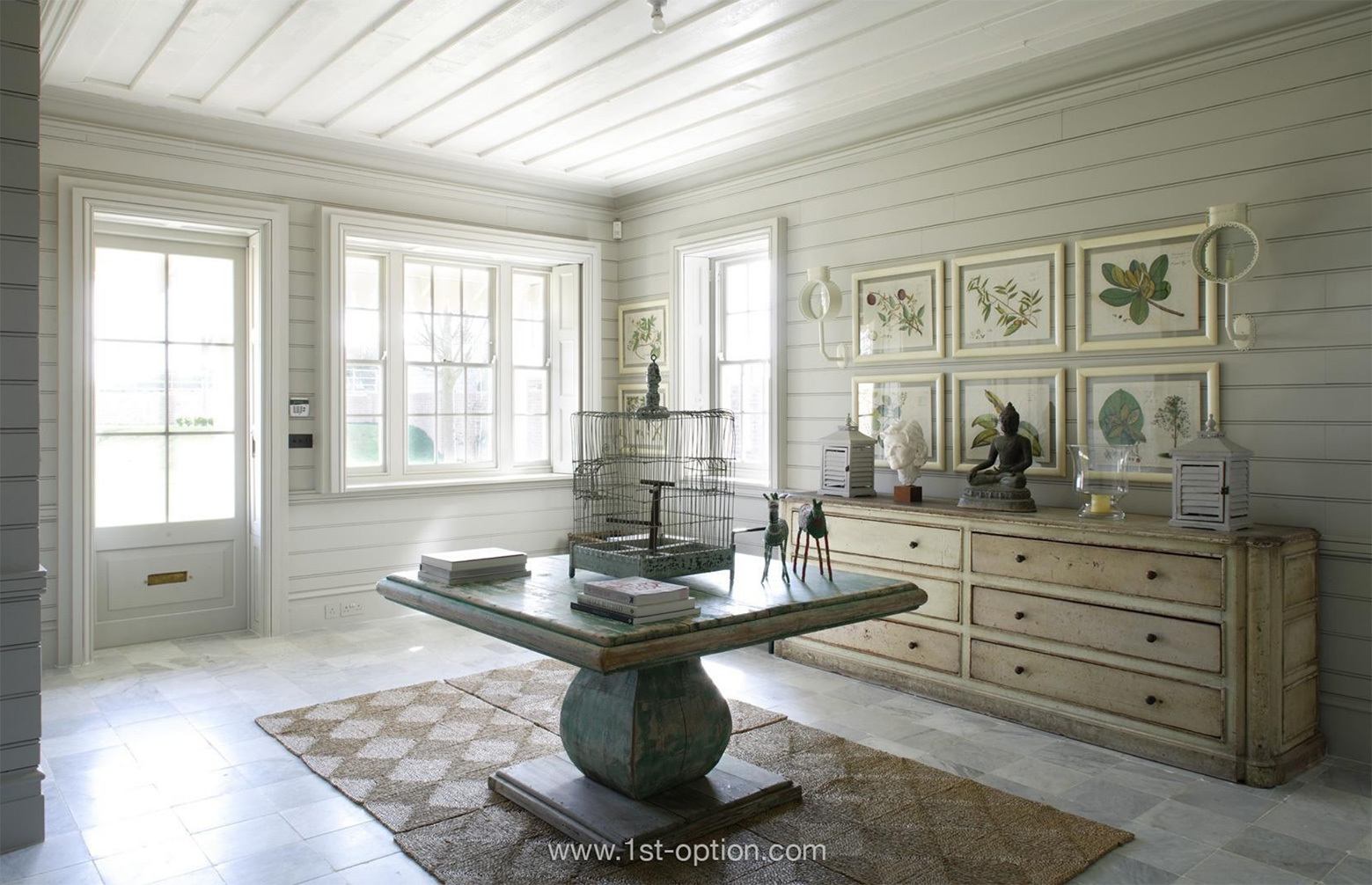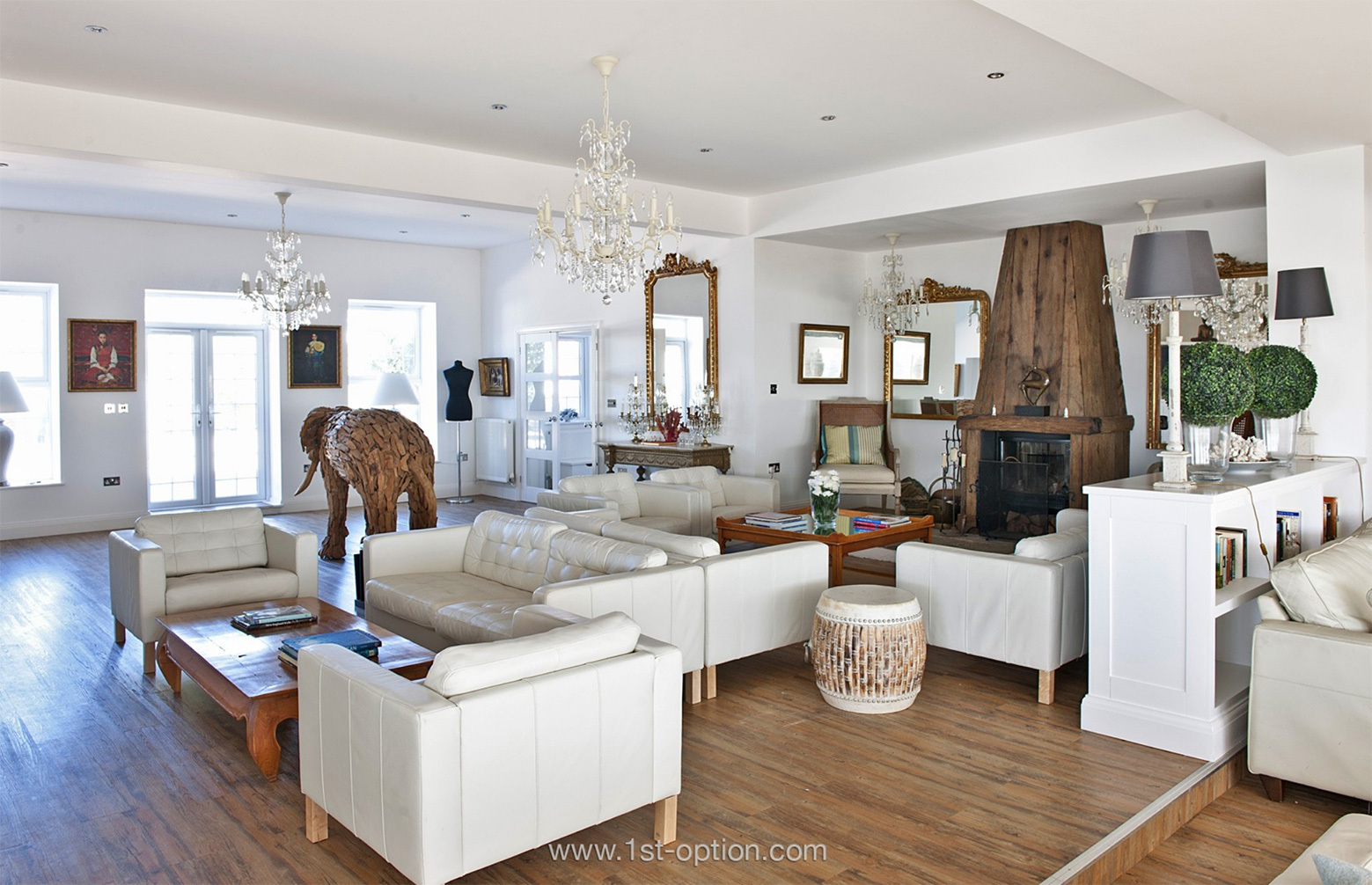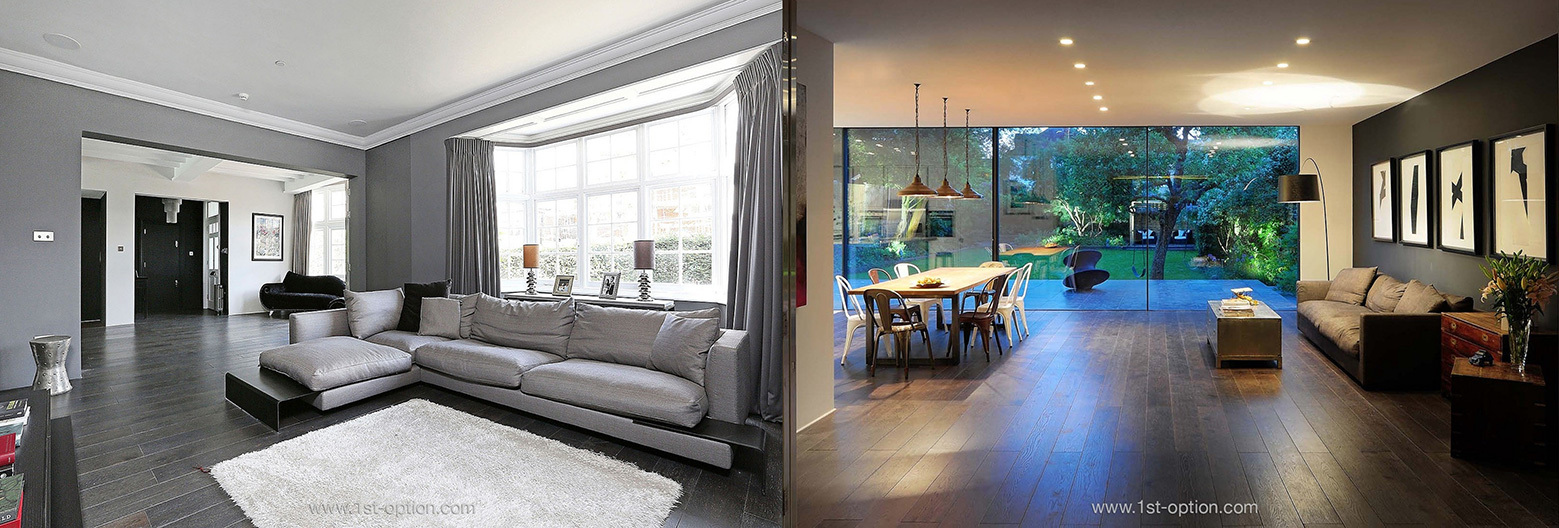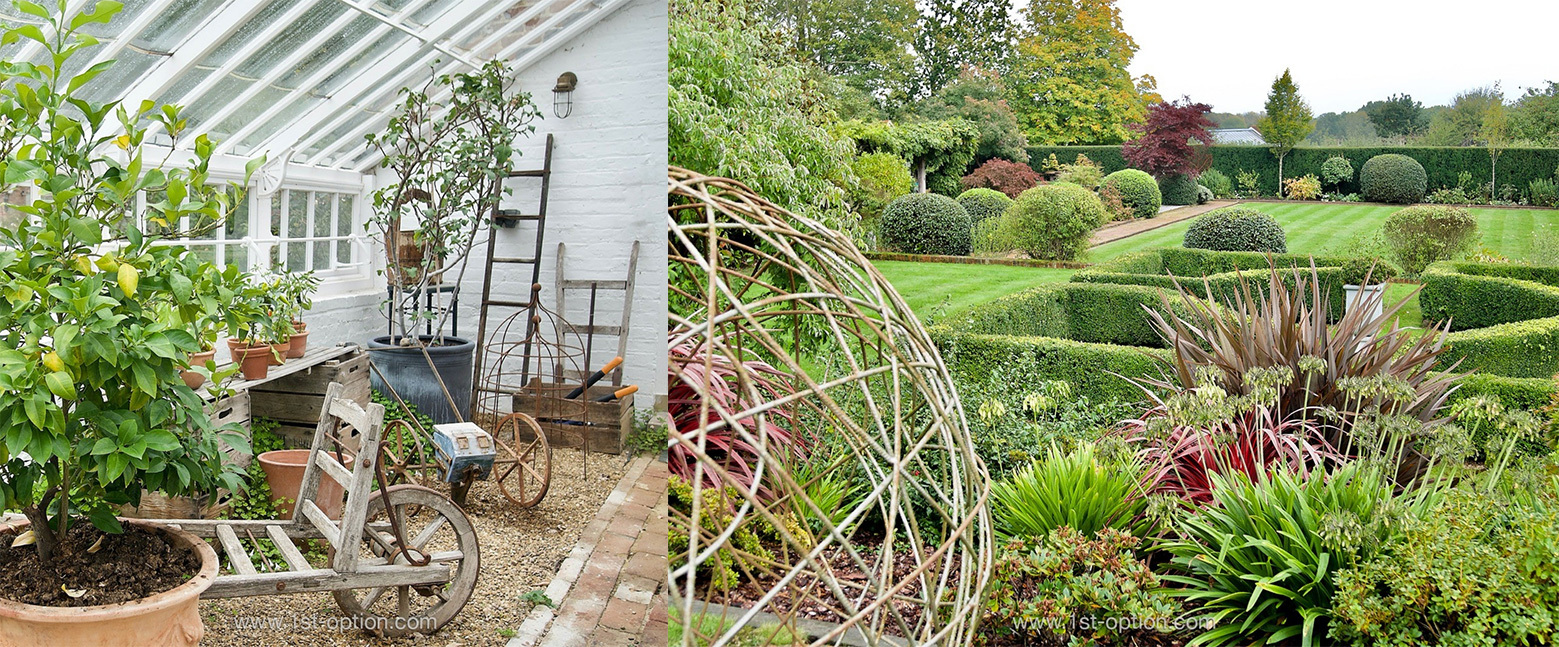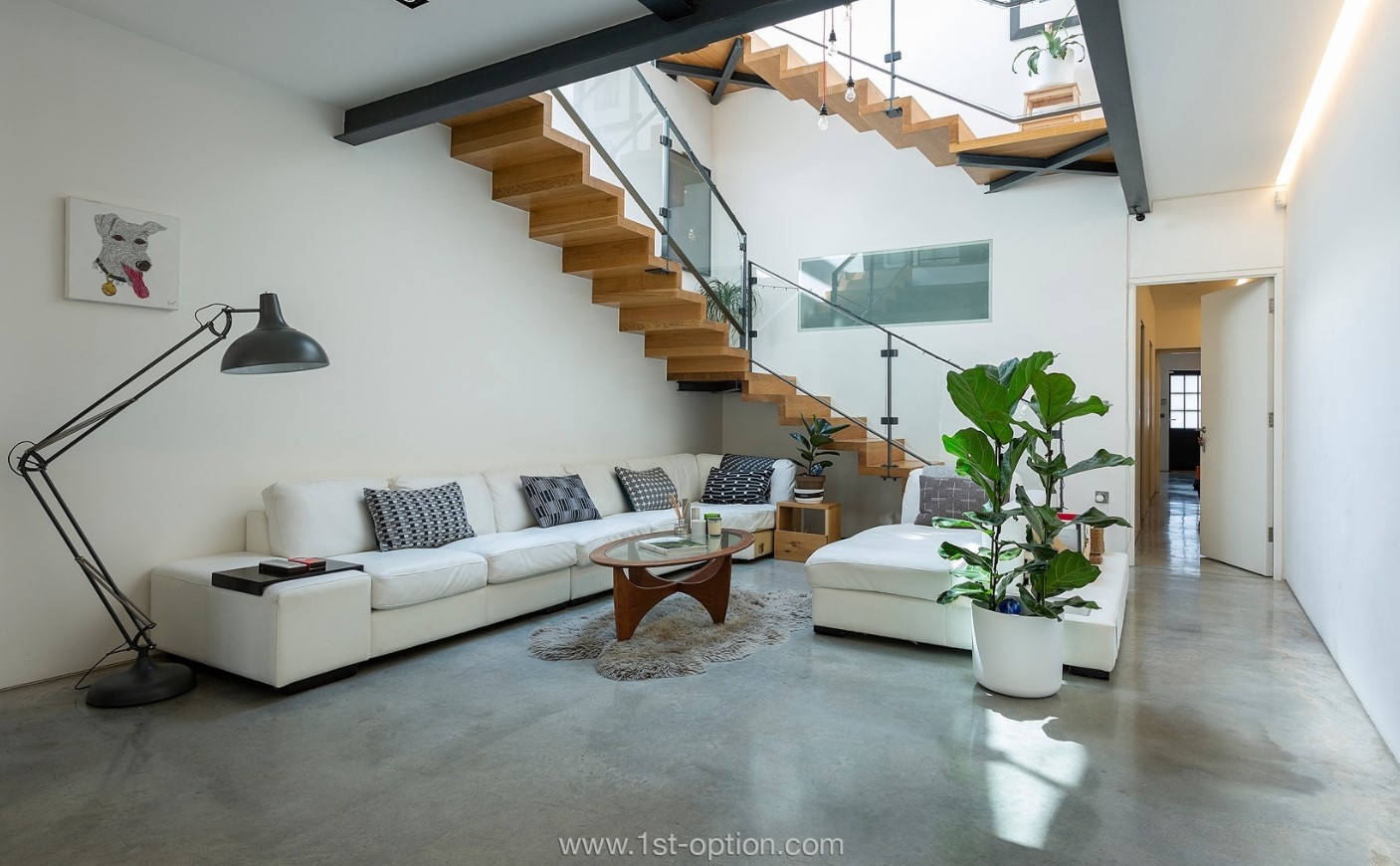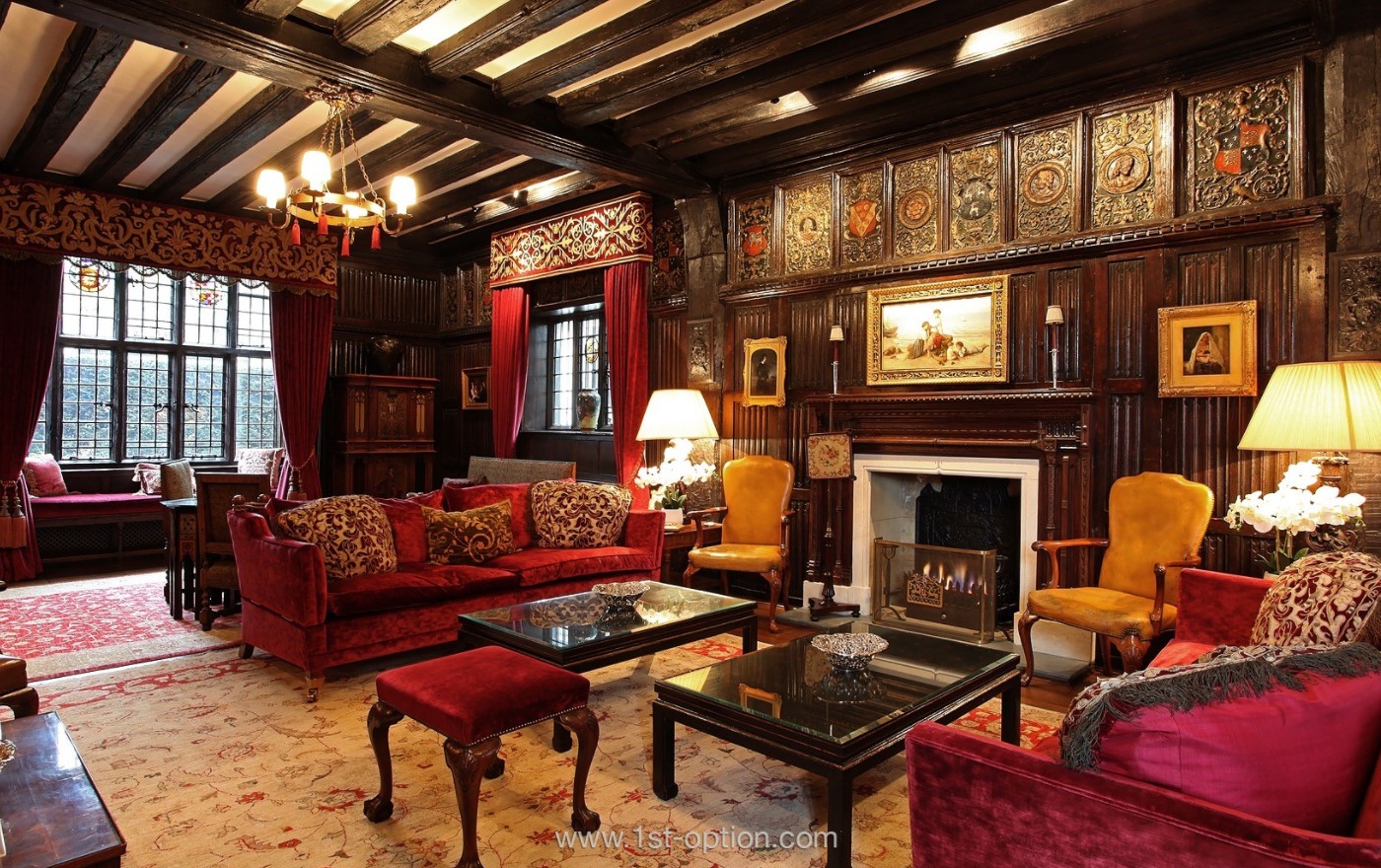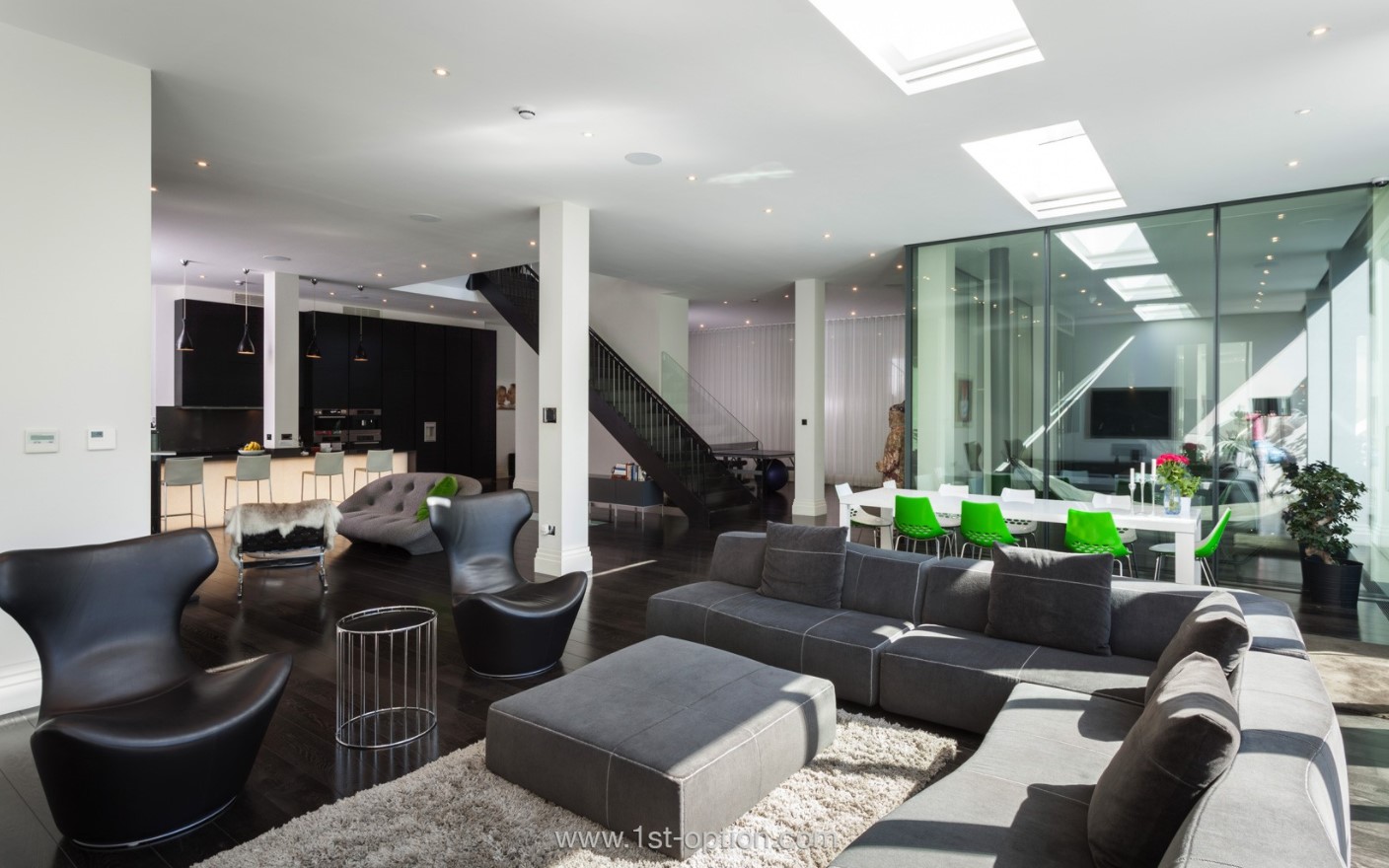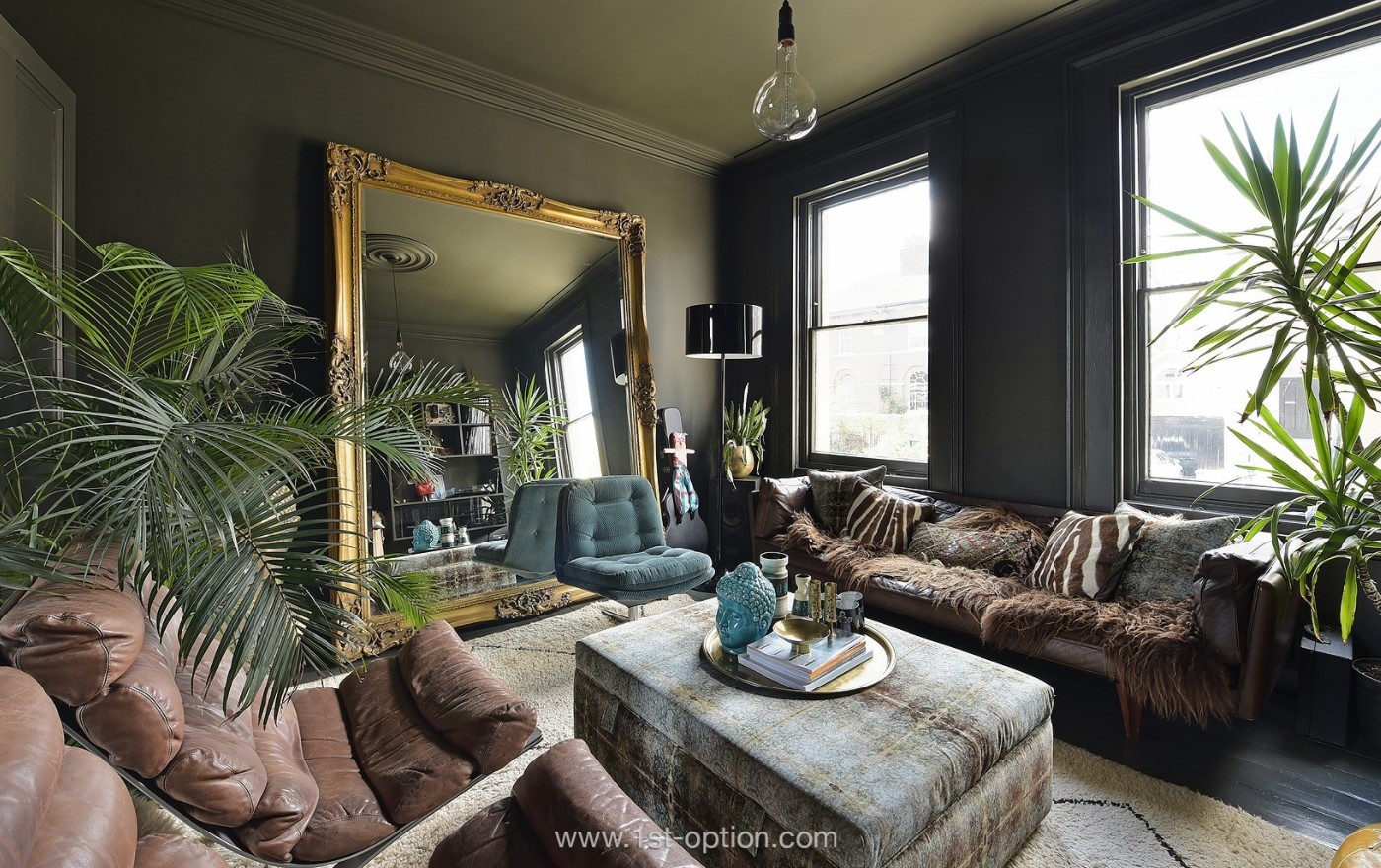As we pass through the first quarter of the year and ease our way back into normal life, business is also starting to resemble the distant memory of what it looked like, fifteen months ago. As restrictions have eased, we have been lucky enough to take on an incredible array of new locations. This month, we took on properties ranging from quirky little flats, to architect-designed family homes, and all-purpose studios, to eye-catching new builds. First up, come and have a look around Lowther.
Lowther
Check out Lowther – a spectacular, architecturally-designed, five bedroom family house, in South West London. This property boasts an incredible, premium aesthetic! This is felt from the moment you walk through the door and are greeted by the magnificent marble hallway and striking spiral staircase. The jewel in its remarkable crown, however, is the bespoke Lanserring kitchen. A vast open-plan space with adjoining dining area, perfectly finished with parquet flooring, crittal windows and a glorious marble island. Style and opulence are carried throughout the property, and this is achieved through chic industrial hits, including exposed brick, quirky lighting and brass piping. Moreover, a beautiful master bedroom can be found upstairs, fitted with a built-in wardrobe and an ensuite for the king. Take a look at the fabulous freestanding bath, rain shower and even more marble countertops. This property hasn’t been with us long, but it is already proving to be incredibly popular. And we can see why!

Fig
Looking for something a bit more quirky and unusual? Then Fig in Kensal Green is the property for you. Once you pass the unassuming front of the flat you are met with a spectrum of colour, character and charm. From the terracotta hallway, to the soft pink ceiling and the crushed velvet furnishings, you are never short of fascinating shoot opportunities. The pink neon sign found here also brings splashes of fun to the space. Every room offers something quite different to the next and this is typified through the two bedrooms. The first is finished with a tranquil blue aesthetic and features even more crushed velvet, a statement shell bed and retro style furniture. The second bedroom however, screams moody private members club. This is elevated through mustard and gold tones, juxtaposed by the overarching purple colour palette. Of course, a property like this couldn’t be finished without a garden to match; the weeping willow outside goes some way to achieving this. Due to its size we wouldn’t recommend filming, but editorial shoots would be perfect here!

Treehouse
Moving on, we give you Treehouse, an extremely unique, modern new build with a whole host of incredible features. The first of these unmissable features is the larch cladding, found on large parts of the exterior, the adjoining glass walling and its flat roof. They are incredibly compelling and grab attention right away. Once inside, you are met by an interior to match! Thanks to the huge glass walling, the property gains a wealth of natural light, which beautifully compliments the fresh minimalist aesthetic. On the ground floor is the open plan kitchen and living space – featuring a concrete floor, gorgeously rich wooden furnishings and a large kitchen island. This is complemented by the main living space that also benefits from huge glass walling, a truly remarkable wood burning stove and an immensely unique sliding wooden shutter, reminiscent of those seen in box office films. Based in the woodlands of Kent, (perfect for filming and editorial shoots) Treehouse will no doubt be a fan favourite for long to come!

Drops Studio 1 & 2
Next up are two studio spaces, both offering something different. One is styled while the other is bare, allowing for decoration to accommodate any shoot. Drops Studio 1 is an all-purpose studio that blends the blank elements of a blackout studio, with styled components, making for a remarkably creative set. The styled aspects cross between a premium kitchen space and a more distressed and worn area. Within the kitchen area expect to see wooden flooring and a marble effect countertop, while in the distressed area you’ll find exposed brick, worn concrete and retro furniture – allowing for tons of unique shooting opportunities! There is also an infinity cove and hair and makeup area, making it perfect for headshot shoots. Drops studio 2 offers the exact opposite to 1. It is largely made up of blank canvases and a substantial infinity cove. There is only one small styled area, where you’ll find a vintage sofa and wooden paneling behind it. The rest is up to you!


Koi
They say leave the best till last… have a look at our latest property, Koi. A sublime, 1850s, five bedroom country house, located in a small village in West Sussex. The property itself has recently been renovated to an impeccable standard, combining antique and modern design, leaving a truly astounding shoot location. Standout features include period fireplaces, gorgeous ceiling roses and feature walls in every room. Upon first glance Koi is a stunning family home, however, feature walls such as these give the property a real sense of personality, character and versatility. There is also a large garden that includes a hot tub, fire pit and decking area, adding lovely touches of variety. Nonetheless, it is the period stone and arched doorway that give this property its real vintage glamour. Due to its size and differing styles found inside and out, Koi is perfect for all types of shoots including filming.



